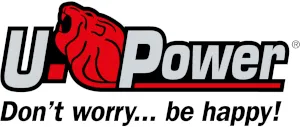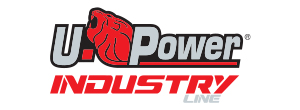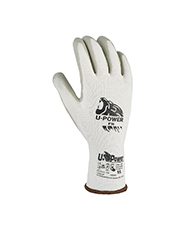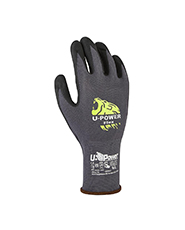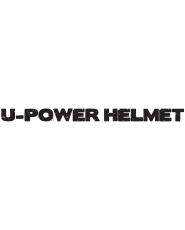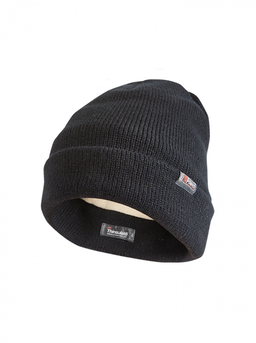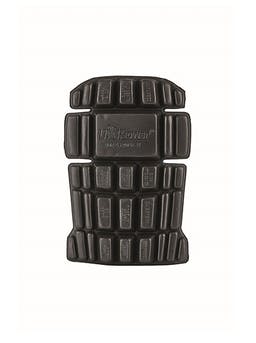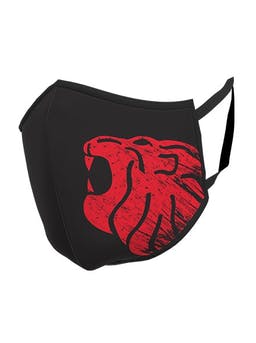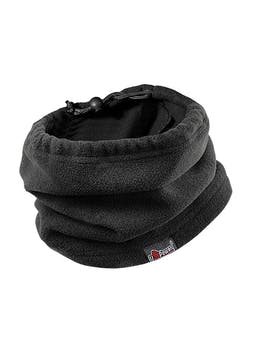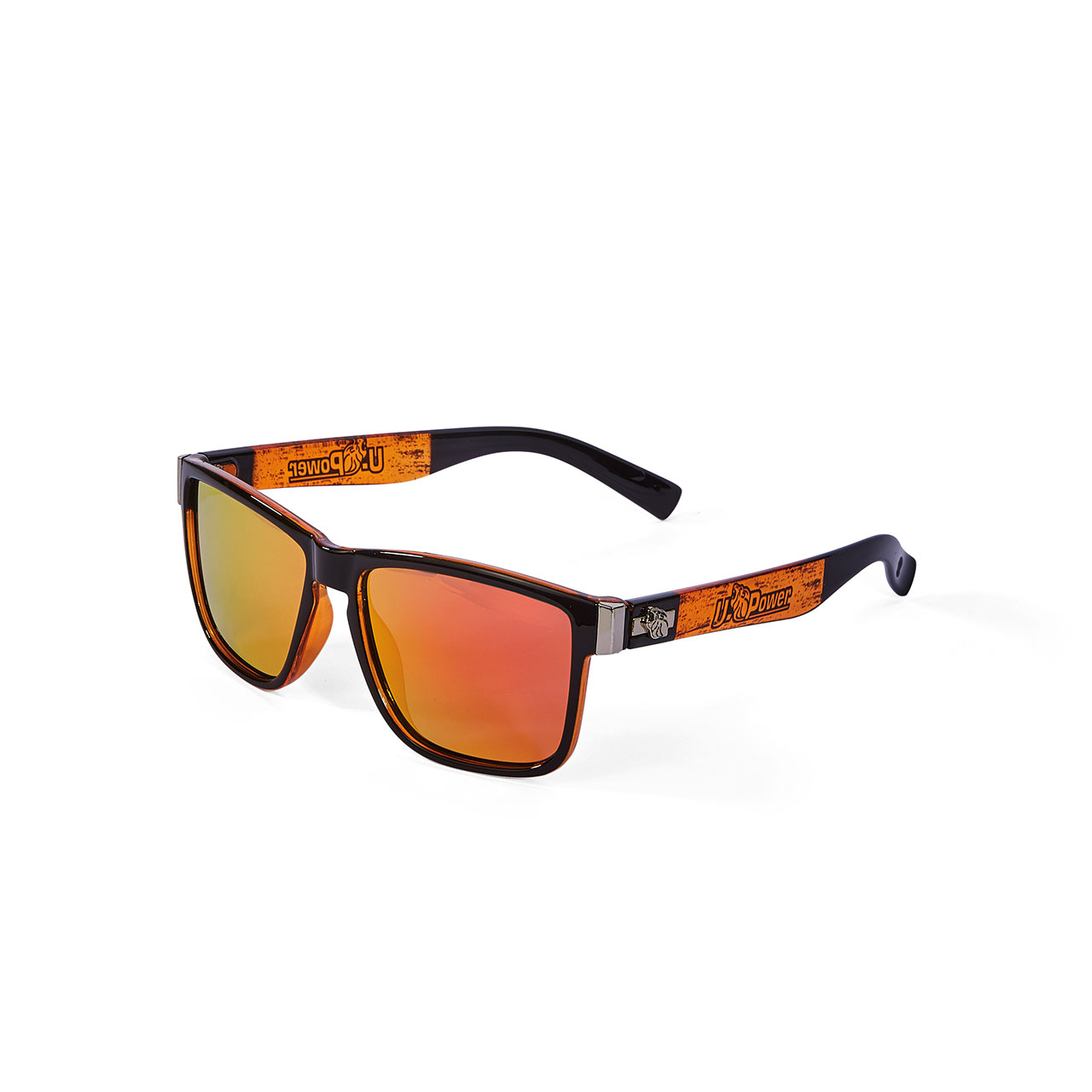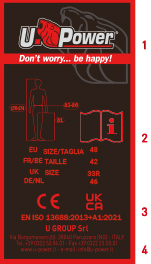Instructions for use
The PPE has been designed using the essential safety and health prescribed by Directive UE 2016/425 transposed by Legislative Decree no. 475/92, as amended, and in such a way as to be in compliance with UNI EN ISO 13688:2013 on the general requirements for protective clothing.
The PPE is designed so that, in the foreseeable conditions of use, can provide adequate protection to the user and can be classified according to Directive UE 2016/425 in the second category and according to the standard of your products, the resulting performance the evidence to which the prototypes were subjected.
Such benefits are indicated by the pictogram and its indexes to it side by side, determinants on the basis of instructions given in product standards to which the PPE is compliant.
